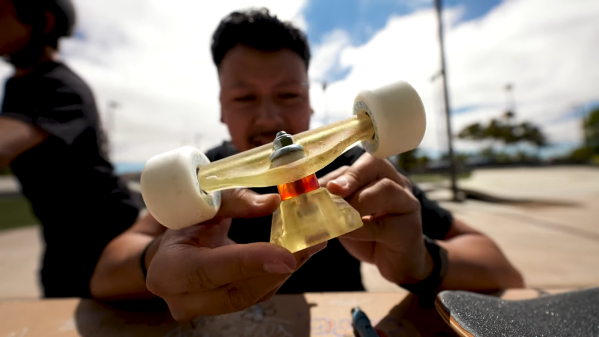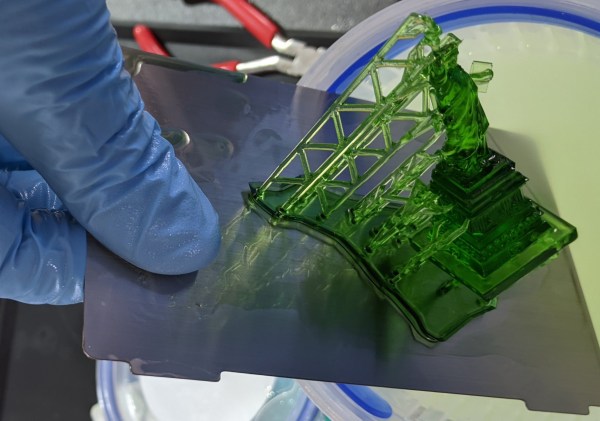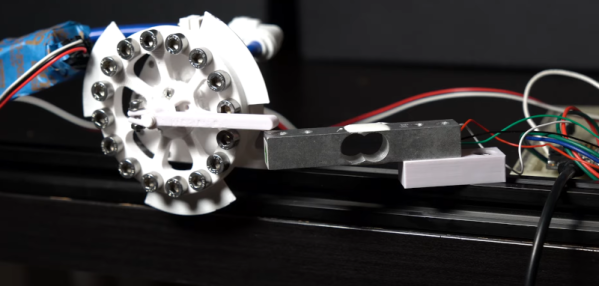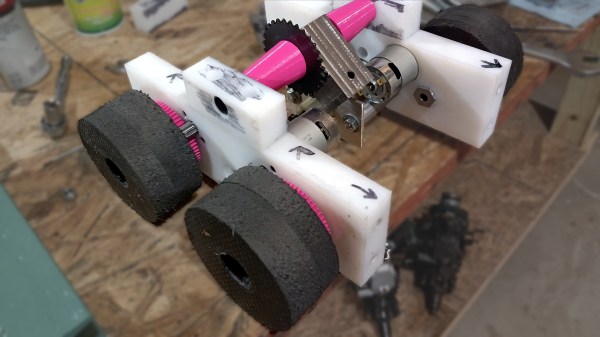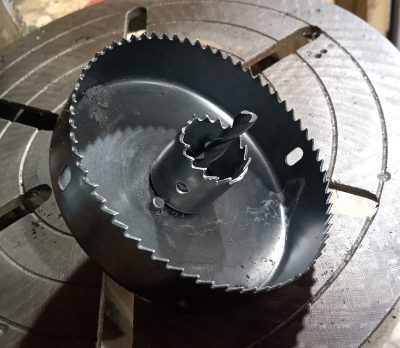If you can buy something off the shelf, there’s a good chance that someone has tried to 3D print their own version. [Daniel Norée] did just that with skateboard trucks, whipping up a design of his own.
 The main body of the trucks is 3D-printed, as is the hanger. A 195 mm M8 threaded rod is then used through the center of the trucks in order to provide an axle for fitting the wheels and bearings themselves. He 3D-printed the parts using a carbon-fiber reinforced nylon with the slicer set up to maximize strength. In testing, they rolled around the neighbourhood just fine.
The main body of the trucks is 3D-printed, as is the hanger. A 195 mm M8 threaded rod is then used through the center of the trucks in order to provide an axle for fitting the wheels and bearings themselves. He 3D-printed the parts using a carbon-fiber reinforced nylon with the slicer set up to maximize strength. In testing, they rolled around the neighbourhood just fine.
[Mayer Makes] found the design online, and 3D printed some using his own transparent high-impact resin, making a cool set of clear-ish trucks. It’s a tough material, which we’ve featured on this site before.
Those trucks ended up in the hands of [Braille Skateboarding], who put them through their paces. The trucks are loose, but take a good beating around the park. Eventually one of the trucks succumbs after landing many kickfilps and ollies on the concrete.
Other great skate hacks include casting your own wheels in a 3D-printed mold. Video after the break.
Continue reading “3D Printed Skate Trucks Do Surprisingly Okay”

